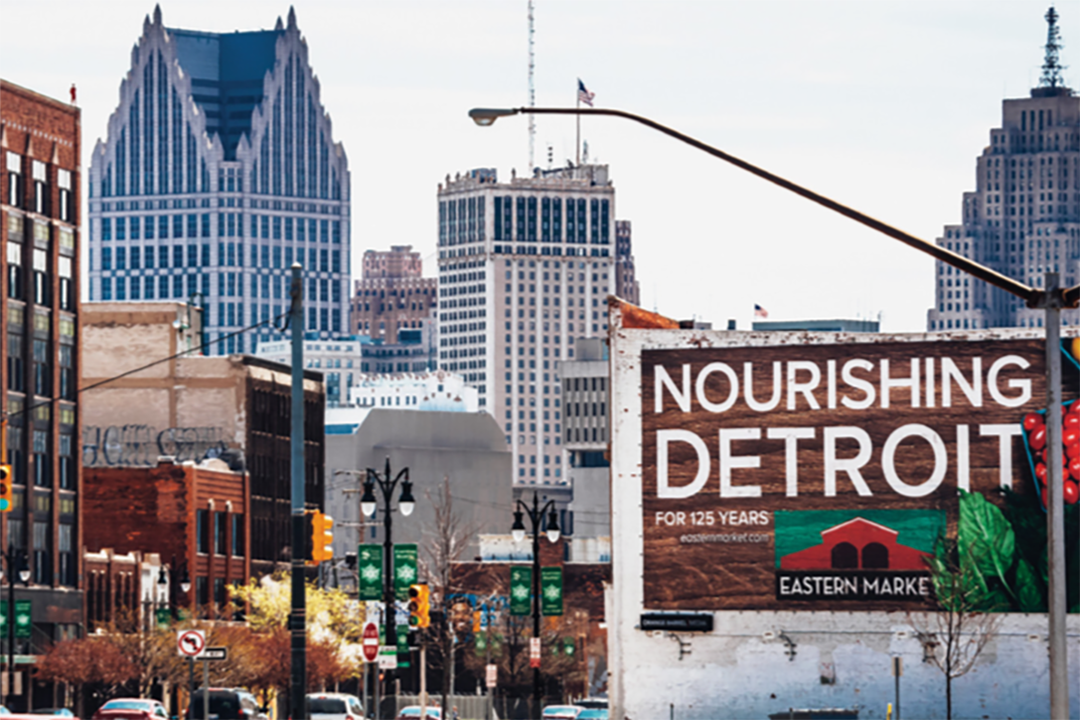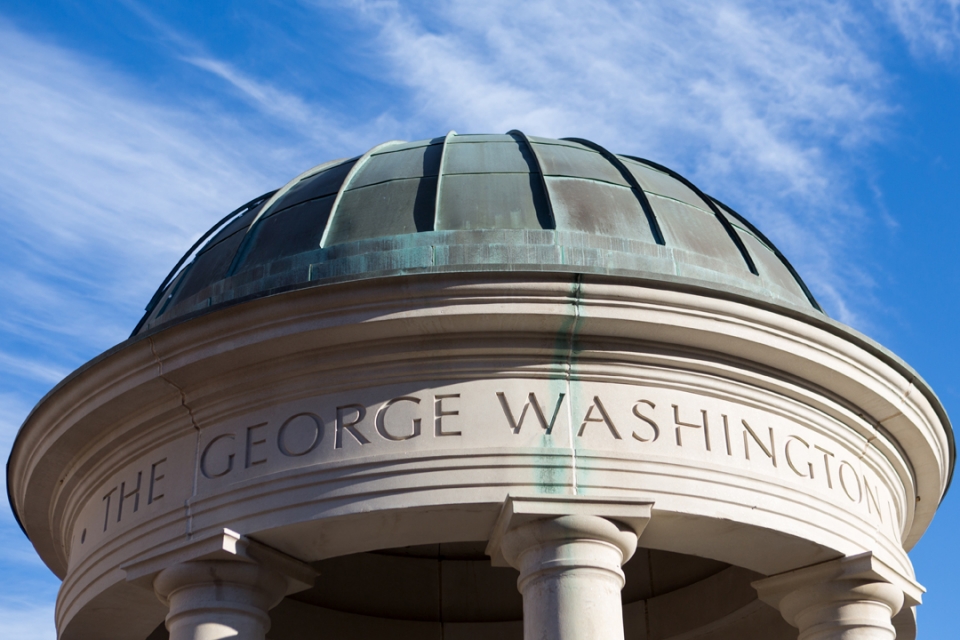The key to revitalizing downtown Detroit is dense, walkable urban redevelopment, according to a report from George Washington University researchers.
The report conducted by the Center for Real Estate and Urban Analysis (CREUA), which is housed in GW’s School of Business, looked at the impact of the concentration of key industries in the Detroit region.
Christopher Leinberger, chair of the CREUA, research professor and Charles Bendit Distinguished Scholar, co-authored the report with Michael Rodriguez, a former research director at CREUA.
Downtown Detroit’s revival is directly related to the presence of knowledge-based companies—those that prioritize the production and use of knowledge to engage in research and development—the report states. A knowledge economy is generally located in walkable urban places, and in the past, Detroit delayed in developing these walkable urban places, which, in turn, contributed to the city’s reduced growth.
Metropolitan Detroit’s economic recovery, which began in 2010 after the region had suffered tremendous decline, added walkable urban development faster than the 30 largest metropolitan areas in the nation, according to the report. The growth is largely the result of Rock Ventures Family of Companies’ (RVFOC) relocation to, and investment in, downtown Detroit, according to the report.
A portfolio of more than 100 companies, RVOFC includes Quicken Loans, real estate firm Bedrock, gaming company JACK Entertainment and the Cleveland Cavaliers. Its investment, in addition to investments made by Olympia Development, General Motors, the Ford family and the Downtown Detroit Partnership, catalyzed the development Detroit is seeing now, according to the report.
RVFOC’s $7.96 billion investment from 2011 to 2016 in Detroit achieved $17.8 billion in economic growth. The projected $3.89 billion investment projected between 2017 and 2022 is expected to result in another $7.12 billion in economic growth for the city.
“As of the end of 2016, RVFOC has had a larger economic impact on Wayne County than major industry segments such as motor vehicle transmission/power train manufacturing, truck transportation and engineering/architectural services,” the report states. “This adds an additional leg to the economic foundation of Wayne County and the State of Michigan.”
The report also found that the concentration of these businesses in downtown Detroit led to 29 percent of the $17.8 billion impact of RVOFC investments. The report explains that RVFOC’s impact would have been less substantial in a lower-density, drivable suburban environment.
“In [co-locating], these knowledge-sector companies have been better able to share ideas, compete for employees, attract more educated employees and grow in ways they could not have without being located in this walkable urban environment,” the report states.
Researchers concluded that having walkable urban areas is vital to Michigan’s economic growth.
“The knowledge economy and its creative class employees demand workplaces and housing in walkable urban places,” the report states. “If the State of Michigan does not have walkable urban places for these companies and employees to locate, they will look to other states and metropolitan areas that do provide them.”



